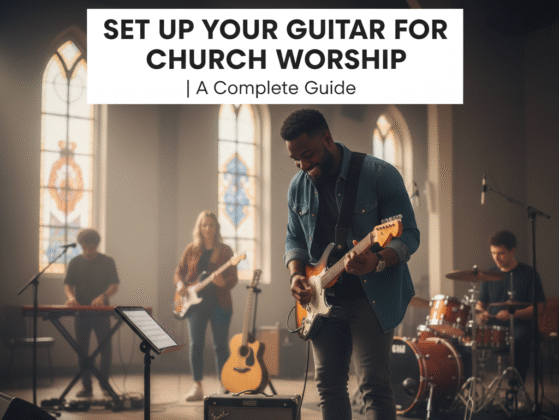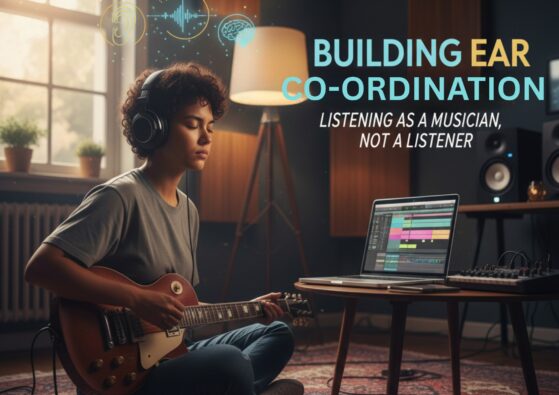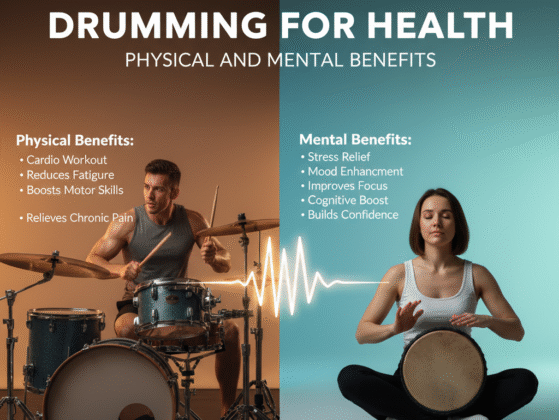Structure Your Speech for Maximum Impact
Delivering a powerful speech is an art form; it’s A blend of structure, emotion, timing, and delivery. The difference between a forgettable talk and a speech that lingers in minds for years often comes down to how well it’s structured.
Think of your speech like a journey. Your audience starts at point A, and your goal is to lead them smoothly to point B, keeping them engaged every step of the way. Whether you’re speaking to inspire, inform, or persuade, a strong structure ensures your message lands with maximum impact.
This step-by-step guide will walk you through exactly how to plan, write, and deliver a speech that connects with your audience — with expert tips and resources to make the process easier

Should be under one minute and accomplish three goals:
Grab attention — begin with a compelling device like an anecdote or surprising fact. Avoid rhetorical questions like “Haven’t you ever wondered how…”, which are less effective.
Establish credibility (ethos) — use confident body language, eye contact, and intelligent content to build trust.
Preview your main points — outline what’s ahead and use a transition to smoothly move into the body. (University of Pittsburgh – Structuring the Speech)
Understand Your Purpose and Your Audience to Structure Your Speech
Before you write a single word, you need clarity on two things: why you’re speaking and who you’re speaking to.
Ask yourself:
What’s the main goal of my speech? (To motivate? Educate? Persuade?)
Who is my audience? (Students, professionals, community members?)
What’s the one key takeaway I want them to remember?
🎯 Why it matters: Your audience’s age, profession, interests, and Even cultural background will influence your tone, examples, and vocabulary. A speech to high school students will differ greatly from one to industry experts.
Open Strong — Structure Your Speech to Capture Attention Instantly
The first 30 seconds of your speech are critical. People decide very quickly if they’ll stay engaged or mentally check out.
Effective ways to open:
Tell a short, powerful story — people remember narratives more than facts.
Share a surprising statistic — “Did you know that 77% of people fear public speaking more than death?”
Ask a thought-provoking question — “If you had only one minute to change someone’s life, what would you say?”
Use a famous quote — but connect it directly to your theme.
💡 Example: Instead of starting with, “Today I’ll talk about teamwork,” try, “Imagine being stranded on a mountain with only the people in this room — how well would we work together?”
Organize the Body of Your Speech — The “Rule of Three”
Your main content should be clear, logical, and easy to follow. The rule of three works because the human brain tends to remember things grouped in threes.
A common structure:
State the problem or context
Provide solutions or insights
Show benefits, results, or consequences
For example, a speech on climate change might be:
Part 1: The current state of the environment
Part 2: Actions we can take
Part 3: What the future holds if we act — or if we don’t
Structure Your Speech by Adding Depth with Stories, Data, and Examples
Facts are important, but facts with context and emotion are unforgettable. The best speeches weave together:
Statistics for credibility
Stories for emotional connection
Examples for clarity
Example: If you’re speaking about perseverance, you might share the story of J.K. Rowling being rejected 12 times before Harry Potter was published, then pair it with statistics about persistence and success.
For more inspiration, check storytelling for public speaking.
Use Transitions to Keep Flow in Your Speech
Good transitions are like bridges between points. Without them, your speech will feel like a collection of random thoughts instead of a cohesive message.
Examples:
“Now that we’ve explored the challenge, let’s move to the solution…”
“This brings us to an even more important point…”
“But before we finish, there’s one last thing to consider…”
They help guide your audience so they never feel lost.
Close with a Bang — Make It Memorable
The ending of your speech is your last chance to leave a mark. Make it short, impactful, and actionable.
Ways to end:
Call to action — “Start by doing one thing today to improve your….”
Return to your opening — If you started with a story, finish it with a twist or resolution.
Use a powerful quote — one that reinforces your key message.
End with a challenge — something your audience can do immediately.
Practice Structuring Your Speech Until You Own It
Even a perfectly written speech can fall flat without good delivery. Rehearse until you know your material so well that you can focus on connection, not memory.
Practical rehearsal tips:
Practice in front of a mirror to monitor body language.
Present to friends or colleagues and ask for feedback.
Record yourself to check pace, tone, and filler words.

Structure Your Speech with Delivery — Voice, Body, and Presence
Your words are only part of the equation — how you deliver them matters just as much.
Vary your tone to avoid sounding monotone.
Pause for emphasis — silence can be powerful.
Maintain eye contact to build trust.
Use gestures naturally to reinforce points. Here’s a simple framework you can use:
Brief preview of points
- Introduction (1–2 minutes)
Hook: Story, stat, or question
State topic and why it matters
- Body (6–10 minutes)
2–4 main points (rule of three works best)
Support each with data, stories, and examples
Smooth transitions between points
- Conclusion (1–2 minutes)
Summarize key takeaways
Deliver a call to action or memorable ending line
🎯 Final Thoughts from The Mystic Keys
At The Mystic Keys, we believe that public speaking isn’t just about talking — it’s about connecting, inspiring, and moving people to action. A well-structured speech gives your words the power to truly resonate.
Whether you’re preparing for a presentation, a competition, or a special event, following these steps will help you deliver a Speech that’s clear, impactful, and unforgettable.
Interested in learning Public Speaking with us? Check out our Public Speaking Course Online
For more information and exciting resources about learning music, visit our website at The Mystic Keys. For more music content and exciting offers follow us on
Facebook, Instagram, YouTube, LinkedIn, Twitter, Pinterest, and Threads,








